-
Welcome to Tacoma World!
You are currently viewing as a guest! To get full-access, you need to register for a FREE account.
As a registered member, you’ll be able to:- Participate in all Tacoma discussion topics
- Communicate privately with other Tacoma owners from around the world
- Post your own photos in our Members Gallery
- Access all special features of the site
Composite + 80/20 Wedge Camper Build
Discussion in '3rd Gen. Builds (2016-2023)' started by Taco Camper, Aug 19, 2020.
Page 1 of 5
Page 1 of 5


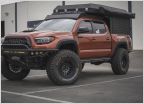 @Seekoutbeauty - +3.5 2017 TRD Pro - Barcelona Red
@Seekoutbeauty - +3.5 2017 TRD Pro - Barcelona Red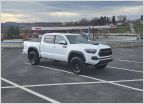 Support and general outdoor activity vehicle, with other cameos..
Support and general outdoor activity vehicle, with other cameos..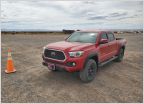 CAG Gonzo's Tacoma of Fire Build and generally specific BS
CAG Gonzo's Tacoma of Fire Build and generally specific BS 2023 Trail "Build" Thread
2023 Trail "Build" Thread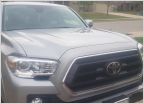 The Some Day Build... And Trip Log
The Some Day Build... And Trip Log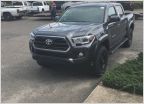 The SoccerMom Build - 17 MGM DCSB
The SoccerMom Build - 17 MGM DCSB









































































